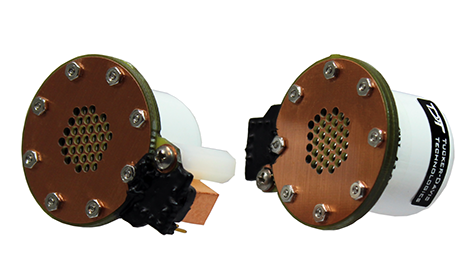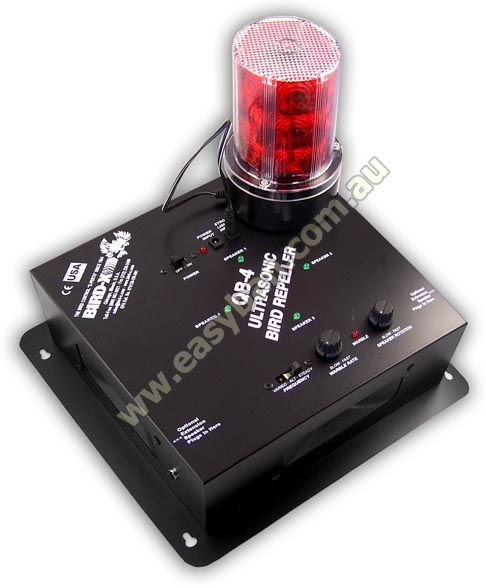

Se ha comprobado que estos transductores tienen un ancho de banda prácticamente plano en el rango de 30kHz a 140kHz. En este trabajo se describe la fabricación y caracterización de un transductor emisor de ultrasonidos utilizando láminas poliméricas electromecánicas. Recientemente se ha demostrado la utilidad que pueden tener los polímeros celulares cuasi-piezoeléctricos en diversas aplicaciones. We will discuss the simulation results for various designs of transmitters and receivers as well as corresponding measurement results. This transducer has also a bandwidth of 50 to 150 kHz. With the same material, an ultrasonic transmitter was developed for the emission of pulse signals with a sound pressure level of more than 90 dB in a distance of 1m.

It has a resonance frequency of about 300 kHz, allowing a sensor with a passband from 50 to 150 kHz. A new type of piezoelectric polymer film (EMFi foil) was used as transducer material.

In addition an ultrasonic receiver with a transducer area of 1 square centimeter was designed and integrated into the pinna model. These results were verified by measurements on real ear models. In order to develop the pinna shapes, the first step was to scan the ears of various species of bats and examine the reflection and diffracting behavior on the 3D ear model by means of finite elements simulations. The bandwidth, the sensitivity (receiver), the transmit efficiency (transmitter) as well as the overall insertion loss have to be equal to their corresponding values of living bats.

Special challenges are the development of suitable pinna shapes to optimize the biosonar as well as the development of suitable ultrasonic transducers. The Chiroptera - inspired Robotic Cephaloid (CIRCE) project is an interdisciplinary cooperation of several European research groups to investigate the sonar system of bats.


 0 kommentar(er)
0 kommentar(er)
